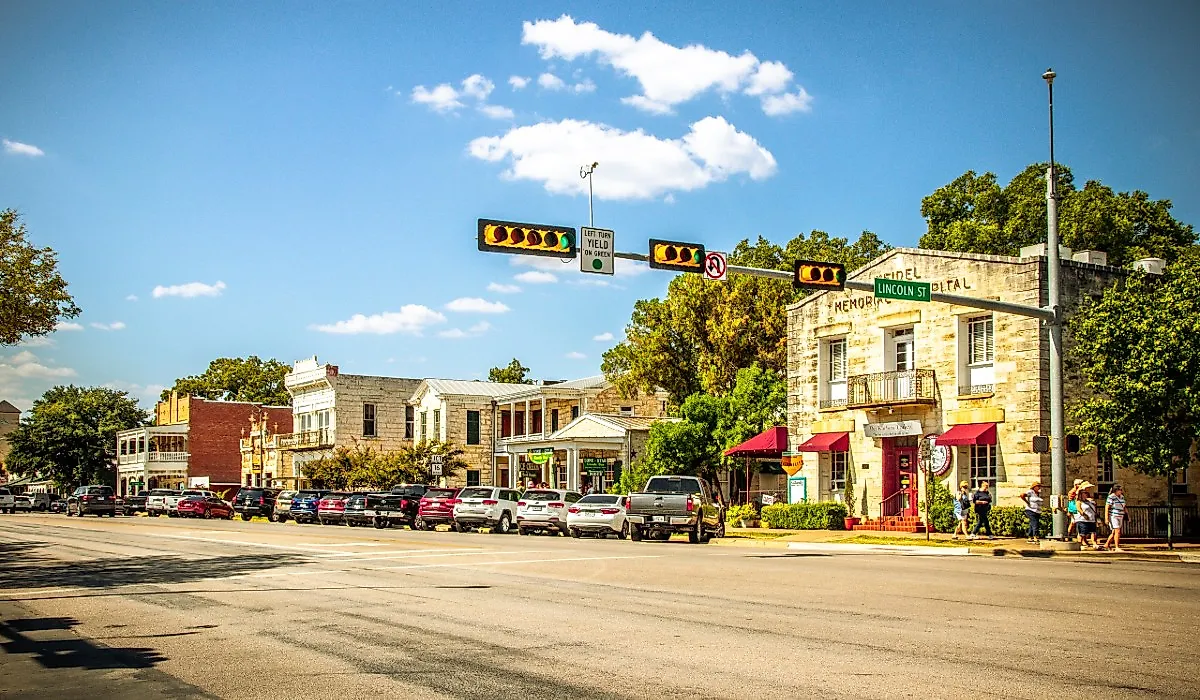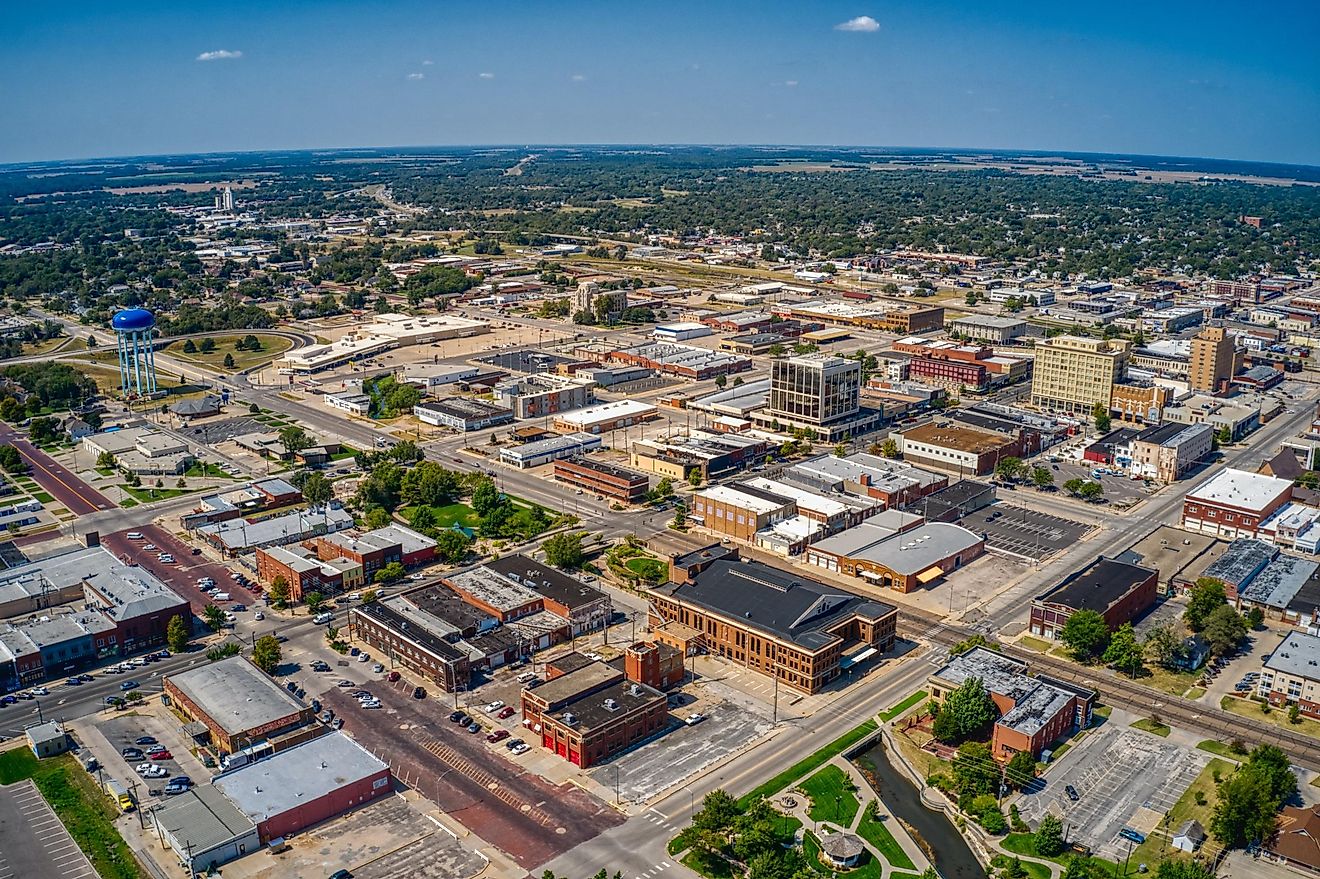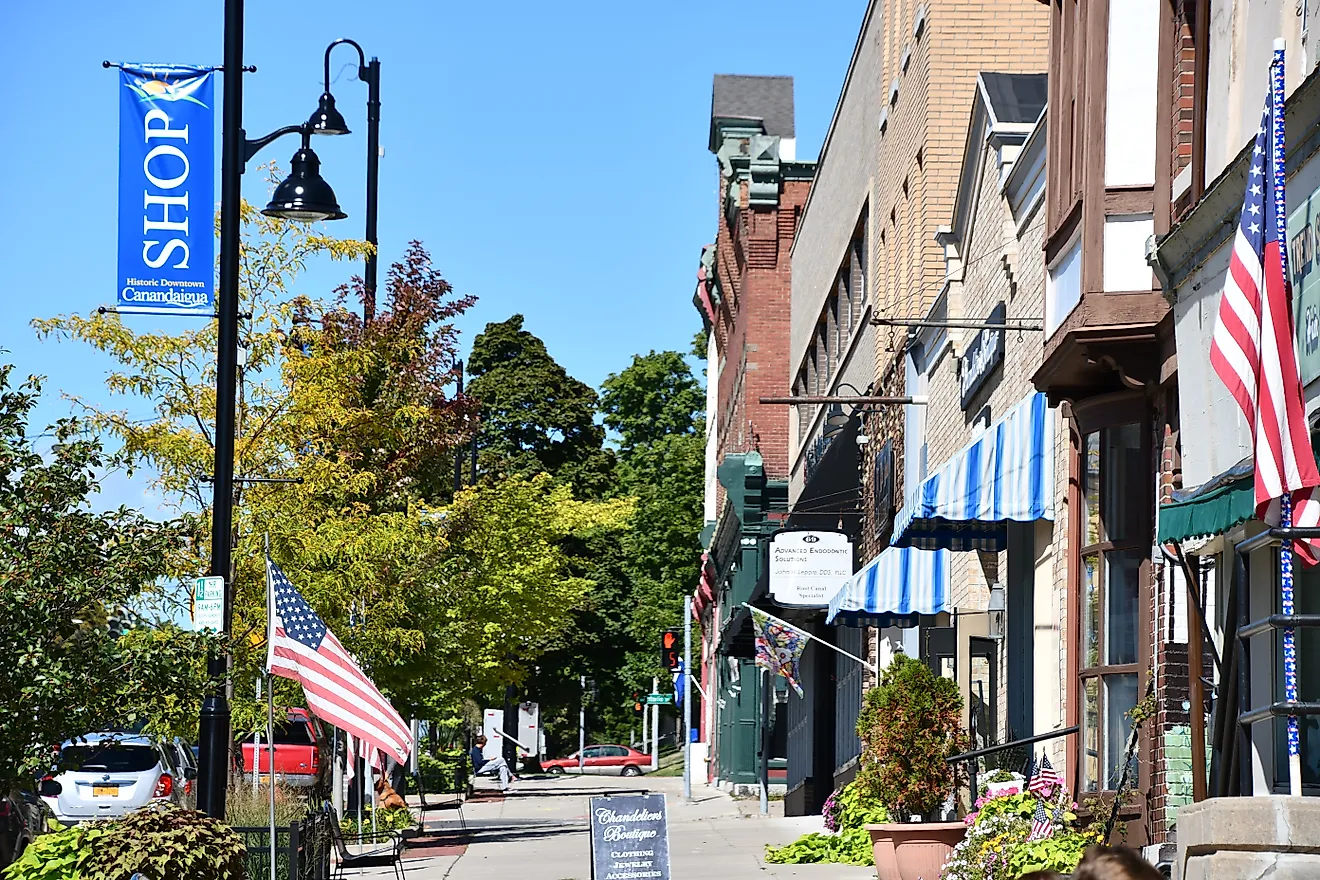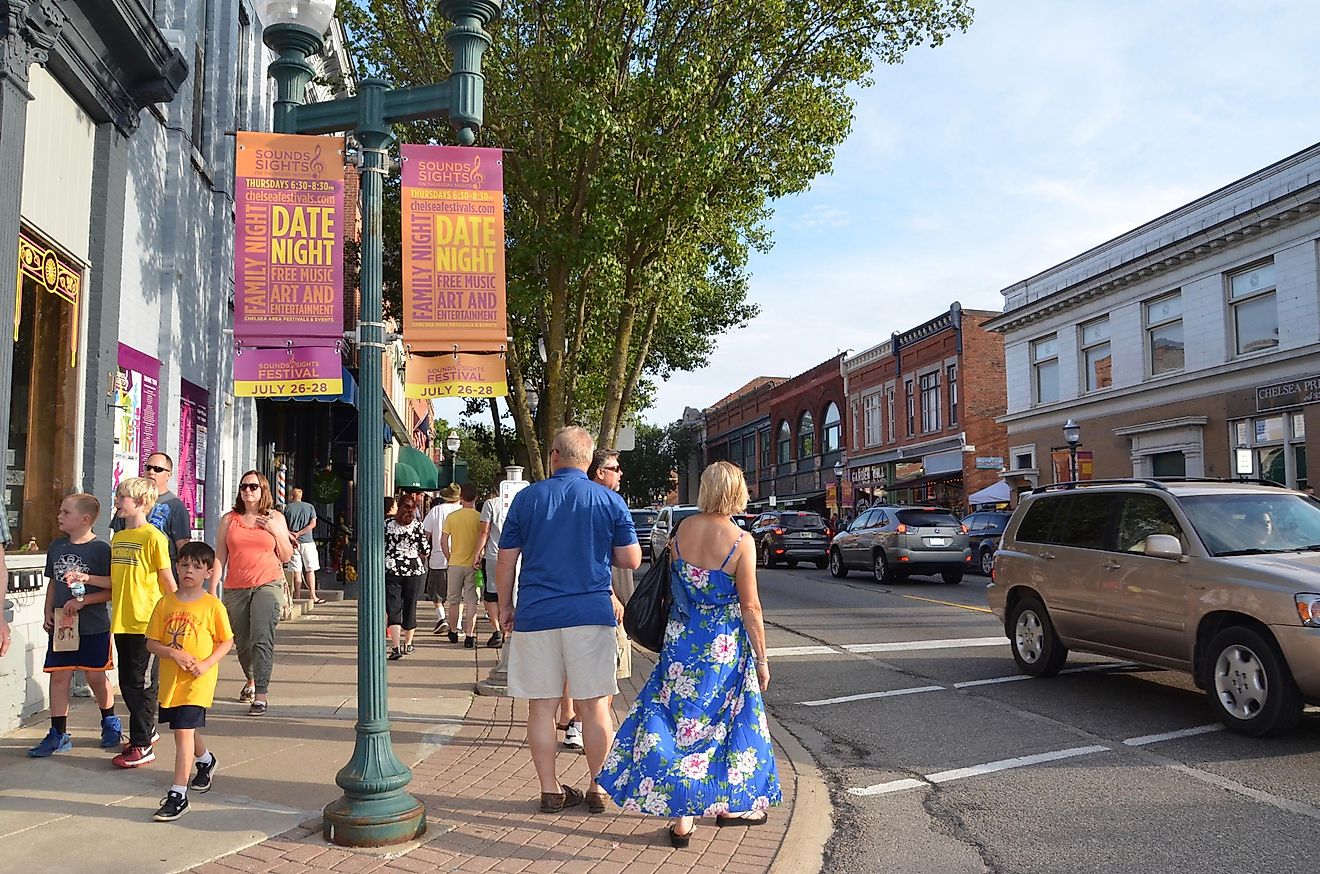
12 Best Places To Retire In Minnesota
Retirement isn’t just about slowing down; it’s about finding the right place to enjoy life on your own terms. In Minnesota, that means more than scenic lakes and crisp autumn mornings. It’s about safe neighborhoods, affordable homes, quality healthcare, and a sense of belonging that can help make each day meaningful. In this guide, we’ll explore twelve Minnesota communities where living well doesn’t have to cost a fortune. Each one offers solid access to medical care, a cost of living that keeps retirement budgets in balance, and plenty of opportunities to stay active and connected. Whether your dream includes lakefront mornings, friendly main streets, or a leisurely pace surrounded by nature, Minnesota has a place where you can feel right at home.
Alexandria
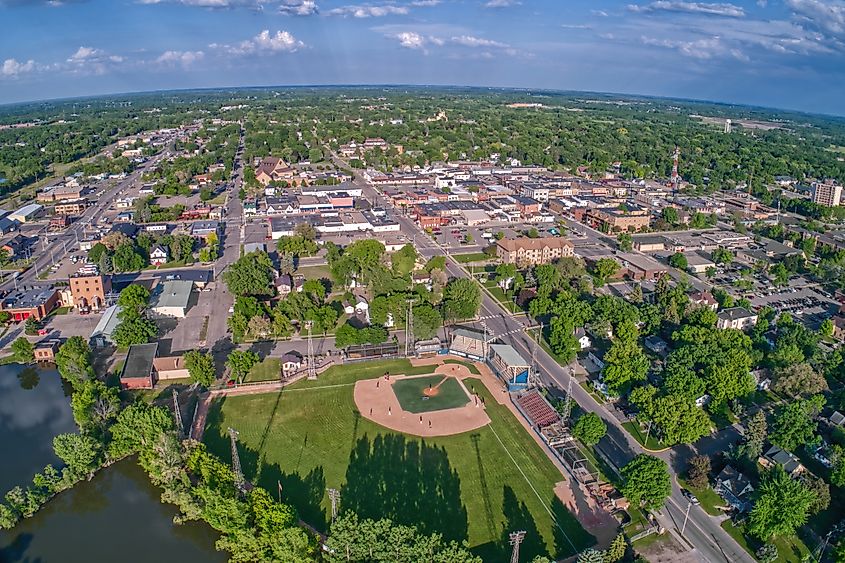
Alexandria sits in the heart of Minnesota, having grown from a pioneer settlement in the late 1800s into one of the state’s most appealing retirement destinations. Located in Douglas County (recently ranked second-best for retirement by SmartAsset), the town combines affordability, healthcare access, and a leisurely pace of life.
The average home value of about $286,000 in November 2025 (Zillow.com) remains well below the state average of $340,597, and the Economic Research Institute (ERI) notes that overall living costs are roughly 11% below the national norm, with housing and healthcare among the most affordable categories. Retirees also enjoy excellent medical access through Alomere Health, a regional hospital recognized for high-quality care and wellness programs tailored to older adults.
With dozens of lakes nearby, Alexandria offers endless recreation opportunities. The Central Lakes Trail winds through town for walking or cycling, while Lake Agnes and Lake Henry sit adjacent to the downtown, providing quiet fishing spots and shaded picnic areas. History enthusiasts can explore the Runestone Museum, which showcases the area’s early settlers and Scandinavian heritage. Cultural life thrives through the Andria Theatre and a calendar of local festivals that fill the year with music, art, and community events.
Fergus Falls
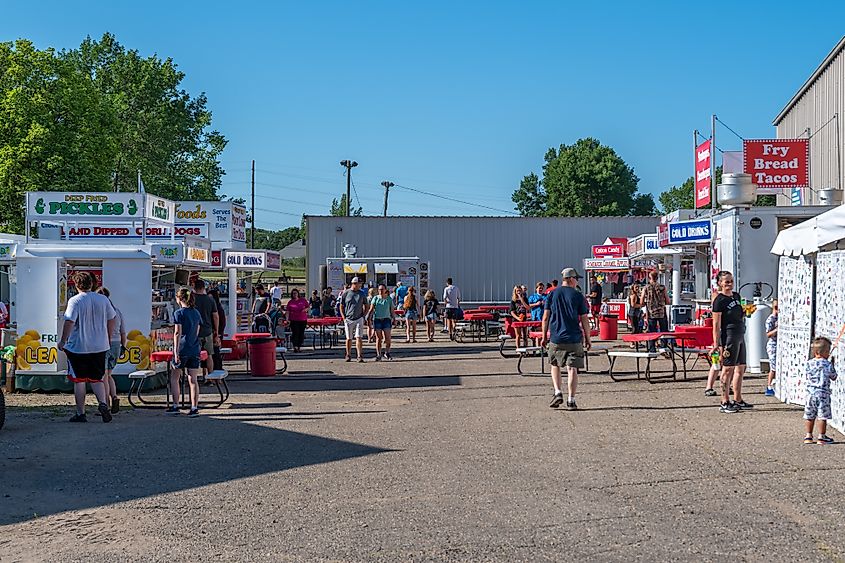
Fergus Falls rests along the Otter Tail River in west-central Minnesota, surrounded by gentle hills, welcoming neighborhoods, and a patchwork of sparkling lakes. Established in the 1870s, the town blends its historic character with modern comforts, making retirement living both easy and affordable. With nearly one in four residents over the age of 65, this close-knit community of about 14,000 has earned a reputation as one of Minnesota’s most enjoyable places to spend life’s later years.
The average home value is around $198,000, placing it comfortably below the state average. According to the Economic Research Institute, living costs in Fergus Falls are approximately 16% lower than the national average, giving retirees more room in their budgets for travel, hobbies, and leisure. The area is also home to Lake Region Healthcare, a respected hospital that offers comprehensive services and specialized programs for older adults.
Active retirees will find plenty to enjoy in Fergus Falls. The Central Lakes Trail connects the community to miles of scenic pathways perfect for biking or walking, while nearby Pebble Lake offers fishing, picnics, and sunset views. Art lovers appreciate the Kaddatz Galleries, which showcase regional talent and host community events. Local history comes alive at the Otter Tail County Historical Museum, where exhibits trace the area’s early settlement and cultural roots.
Bemidji
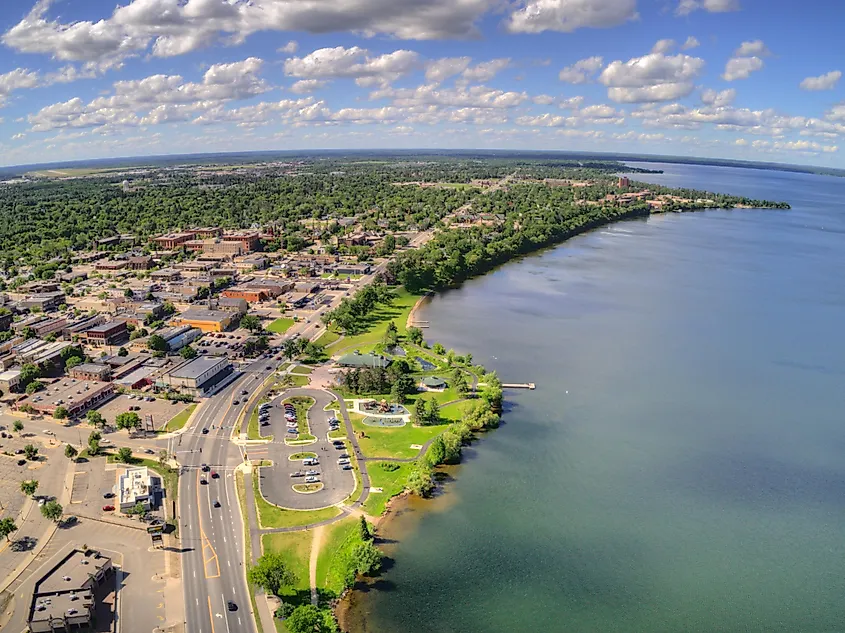
Set amid the pines and lakes of northern Minnesota, Bemidji is the gateway to the Northwoods, offering a comfortable mix of natural beauty and essential services. Life in Bemidji moves at a pleasant, unhurried pace with plenty of ways to stay active. Lake Bemidji State Park offers walking trails, birdwatching, and seasonal fishing, while downtown Bemidji features local cafés, art galleries, and community theater performances that keep residents connected. The iconic Paul Bunyan and Babe the Blue Ox statues add a touch of local charm, and the Headwaters Science Center is a favorite for grandparents sharing fun afternoons with visiting grandkids.
The average home value of about $211,400 (Zillow.com) keeps housing well below the state average, and the Economic Research Institute (ERI) notes that living costs in Bemidji are roughly 11% lower than the national average, making it a wise financial choice for retirees. Sanford Bemidji Medical Center, a regional hospital offering a full range of specialties and senior wellness programs, anchors the local healthcare.
Faribault
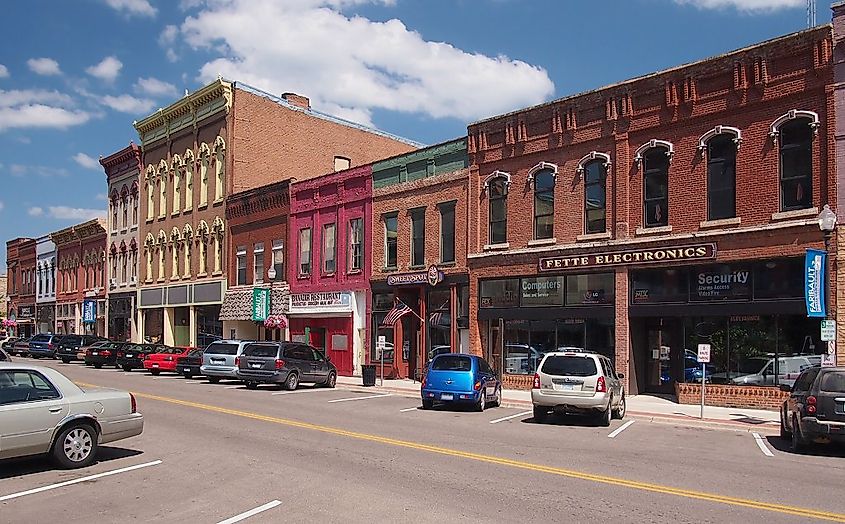
Faribault sits about an hour south of the Twin Cities, with a historic character that dates back to the mid-1800s, when fur traders and settlers settled along the Straight River. The average home value in Faribault is around $296,400, well below Minnesota’s state average. Overall living costs in Faribault are about 4% lower than the national average. Residents also have access to reliable medical care through Allina Health Faribault Medical Center, which offers inpatient and outpatient services, wellness programs, and a network of specialists.
For retirees seeking a well-rounded community, Faribault delivers. The Cannon River Wilderness Area provides scenic trails for walking and birdwatching, while Central Park and the historic Faribault Woolen Mill bring the town’s history to life. Downtown Faribault is home to family-owned cafés, antique shops, and seasonal festivals that draw neighbors together.
Hutchinson

Hutchinson proudly carries the title of “Minnesota’s Hometown,” blending small-town friendliness with modern conveniences. Founded in 1855 by the Hutchinson family, musicians and early advocates of social reform, the city has grown into a vibrant and accessible place to live. The average home value is about $291,600, and overall living costs are roughly 10% below the national average, with particularly low housing and utility expenses. Retirees have excellent medical access through Hutchinson Health, a full-service hospital affiliated with HealthPartners that provides primary care, rehabilitation, and wellness programs for older adults.
Hutchinson’s quality of life comes from its balance of culture and outdoor recreation. The Luce Line State Trail runs through town, offering miles of scenic paths for walking and cycling. The McLeod County Historical Museum celebrates the area’s pioneer roots. Each September, the Arts and Crafts Festival fills Liberty Square Park with music, food, and handcrafted goods.
Brainerd
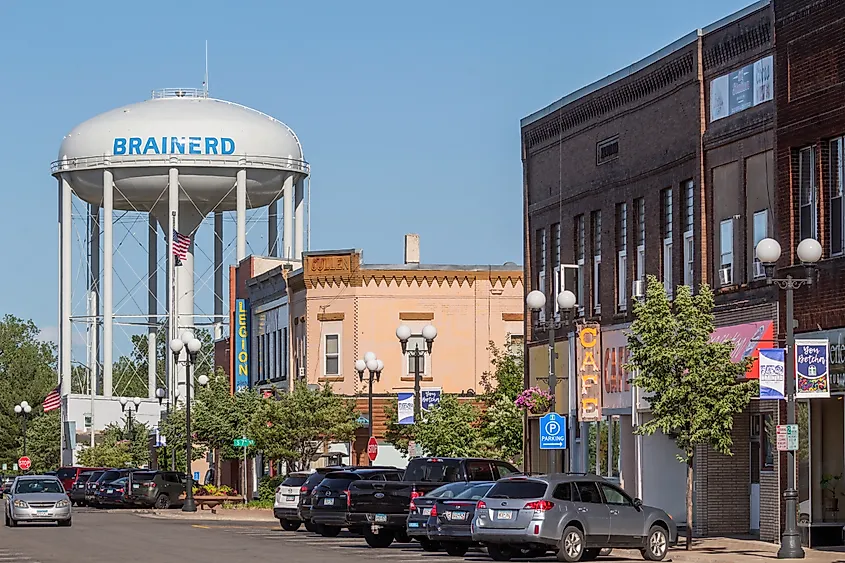
In the heart of central Minnesota, Brainerd offers a relaxed pace of life surrounded by lakes, forests, and a strong sense of community. Founded in the 1870s as a railroad town, it has evolved into a popular place for retirees seeking both natural beauty and affordability. The average home value is about $300,600, comfortably below the state average, and the Economic Research Institute (ERI) estimates that Brainerd’s overall living costs are roughly 16% lower than the national average. The city provides excellent medical access through Essentia Health-St. Joseph’s Medical Center is a full-service hospital offering cardiology, orthopedics, and rehabilitation programs geared toward older adults.
Brainerd gives retirees a mix of recreation and relaxation. The Paul Bunyan State Trail runs through town, offering 120 miles of paved paths for walking, biking, or cross-country skiing. The nearby Northland Arboretum features wildflower gardens and guided nature walks, while nearby Gull Lake draws anglers and boaters throughout the year. Downtown Brainerd adds small-town flavor with its local cafés, art galleries, and community events that keep residents connected. One of the best is Knotty Pine Bakery, a local scratch-made, small-batch bakery with great coffee and delicious pastries.
Winona
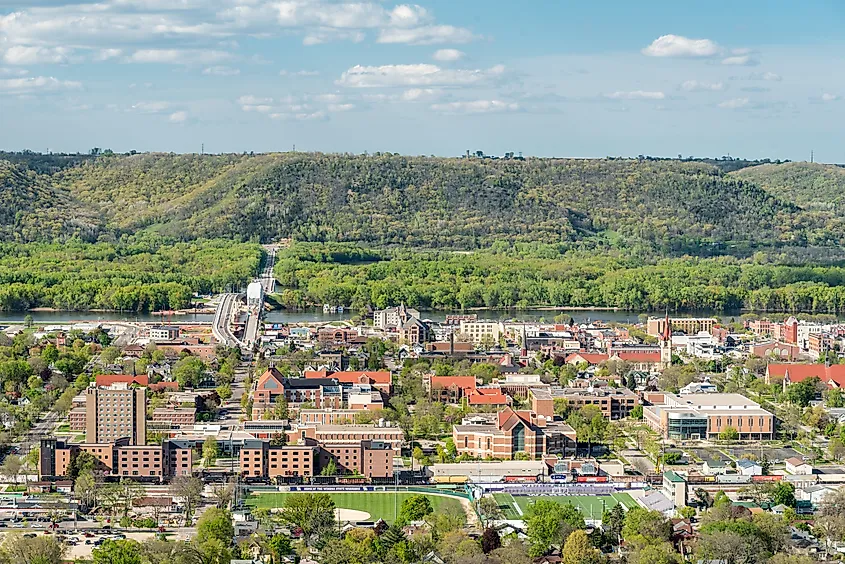
Set along the Mississippi River in southeastern Minnesota, Winona began in 1851 and quickly became a hub for steamboat trade and education. Today, retirees appreciate Winona for its scenic setting, thriving arts scene, and close-knit community. Active retirees can enjoy the Lake Park, featuring walking paths, gardens, and picnic areas, or take in an exhibit at the Minnesota Marine Art Museum, known for its rotating exhibits and riverside location. The downtown district offers small cafés, bookstores, and local galleries that reflect the community spirit. If you need a place for a meal, Nosh Scratch Kitchen offers Mediterranean-influenced American cuisine and has earned a reputation as one of southeast Minnesota's best restaurants.
Winona Health ensures reliable access to comprehensive medical care. The hospital system offers senior wellness programs, rehabilitation services, and preventive care, making it easier to stay healthy in retirement. The average home value sits around $251,1oo (Zillow.com), well below the state average, and the Economic Research Institute (ERI) reports that living costs run about 15% lower than the national average.
Mankato

Mankato’s story began in the 1850s along the banks of the Minnesota River, growing from a frontier settlement into a lively regional center with deep cultural roots. The town’s combination of small-city energy and outdoor accessibility makes it a standout choice for retirees who want to stay active without the rush of the metro area. The average home value is about $300,100 (Zillow.com), which keeps housing comfortably below the state median, and overall living costs are roughly 13% lower than the national average. Healthcare access is excellent through Mayo Clinic Health System-Mankato, offering advanced specialty care, senior wellness programs, and rehabilitation services.
Mankato offers a well-rounded lifestyle with plenty to do year-round. The Minnesota River Trail is perfect for walking, biking, and wildlife viewing. A short drive north to The Kasota Prairie Preserve provides wide-open views and peaceful nature walks. For those who enjoy the arts, the Carnegie Art Center showcases regional artists, while Minnesota State University-Mankato brings concerts, lectures, and cultural events open to the public.
Red Wing
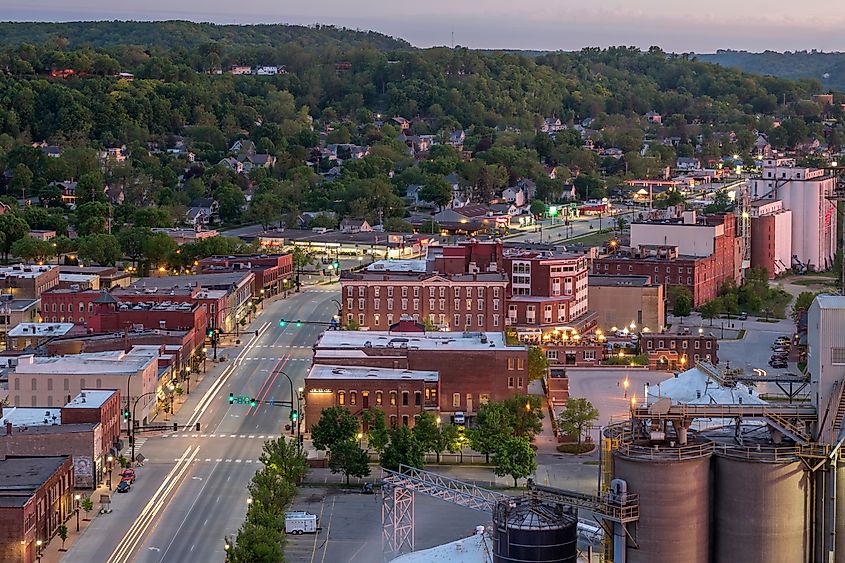
Settled in the 1850s along the Mississippi River, Red Wing has long been admired for its riverfront setting and historic charm. The town grew around river trade and pottery manufacturing, and today it still reflects that legacy through its beautifully preserved downtown and strong sense of community. The average home value is around $284,800 (Zillow.com), which stays comfortably below Minnesota’s state average. The Economic Research Institute (ERI) reports that Red Wing’s overall living costs are approximately 10% below the national average, with affordable housing and moderate healthcare expenses. Medical needs are met through Mayo Clinic Health System-Red Wing, a full-service hospital that provides primary care, specialty services, and senior wellness programs.
Retirees in Red Wing enjoy an appealing mix of culture and outdoor recreation. The Barn Bluff offers sweeping views of the Mississippi River and surrounding bluffs, while Levee Park provides a scenic riverside spot for concerts and community events. The Red Wing Pottery Museum celebrates the town’s creative past, and the Sheldon Theatre hosts year-round performances that add to the city’s vibrant cultural life. Local cafés and shops along Main Street make daily errands feel like leisurely outings, which is precisely how the roughly 16,500 residents prefer it.
Ely
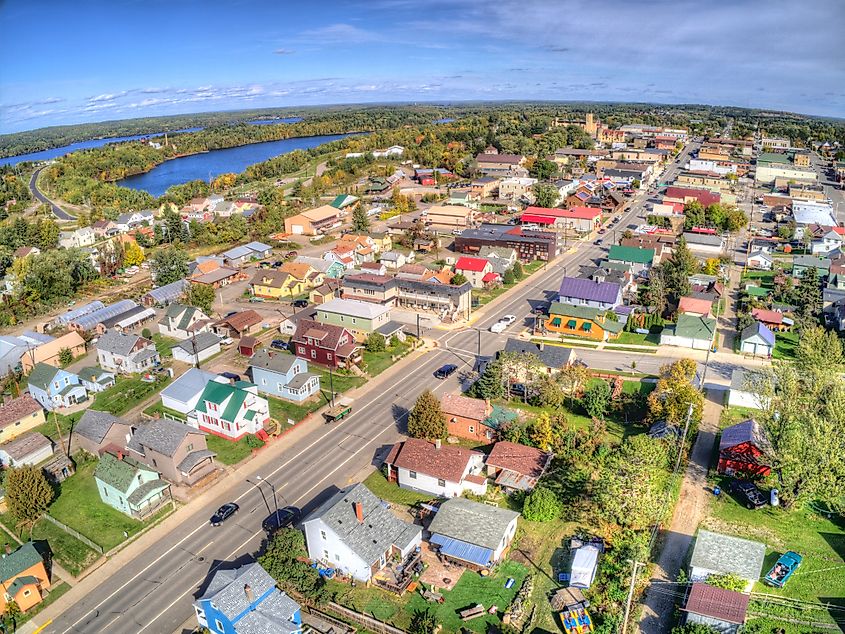
If your retirement dream is to find a remote little town where you can forget about life's troubles and enjoy the beauty of Minnesota's winter wonderland, Ely might be the place for you. This little community of just over 3,214 souls began as a booming iron mining town in the late 1800s. Even though the mines have been closed for over half a century, Ely has pivoted to become one of northern Minnesota’s most tranquil communities,
For retirees who love the outdoors and cold winters, the Boundary Waters Canoe Area Wilderness begins just outside town, providing unmatched opportunities for canoeing, fishing, and photography. Bear Head Lake State Park offers hiking trails and picnic spots surrounded by pristine forest. Nearby, the International Wolf Center and North American Bear Center provide fascinating wildlife exhibits, while local art galleries showcase work inspired by the northern landscape.
The average home value is around $271,800, far below the state’s median. At the same time, Ely’s Residents have access to quality medical care through Ely-Bloomenson Community Hospital, which offers primary care, rehabilitation, and senior wellness programs, ensuring that even in a rural setting, healthcare remains within reach.
Owatonna
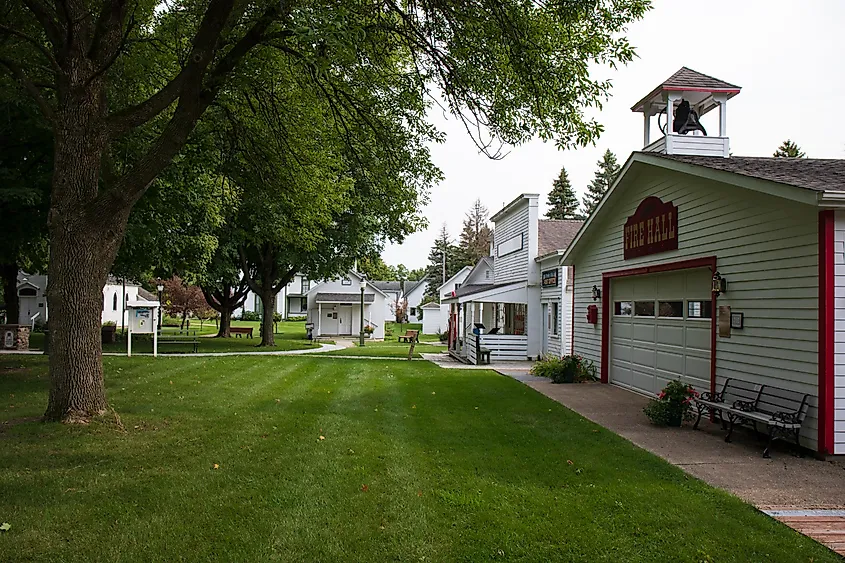
Settled in 1854 along the Straight River, Owatonna blends small-city charm with a rich sense of history. It developed as a milling and agricultural hub before becoming a modern community known for its strong civic spirit and accessible amenities. The average home value is about $290,300. Owatonna’s overall living costs are about 11% under the national average, with lower-than-average housing and healthcare expenses. Residents benefit from reliable medical care through the Mayo Clinic Health System-Owatonna, which provides primary care, rehabilitation, and specialized senior health services.
Retirees appreciate Owatonna’s mix of recreation, culture, and affordability. The Kaplan’s Woods Parkway offers miles of wooded trails for walking or biking, while Lake Kohlmeier is a peaceful spot for kayaking and picnics. The Owatonna Arts Center, housed in a historic building, hosts rotating exhibits and community classes. Festivals like Downtown Thursdays bring neighbors together through the warmer months.
Grand Rapids

Grand Rapids began as a logging town in the late 1800s, but today it’s best known for its scenic beauty, cultural offerings, and lakeside living. The average home value is about $273,900, and the living costs are around 10% below the national average, with housing and healthcare among the lowest categories. Grand Itasca Clinic & Hospital, which offers complete primary care, rehabilitation, and senior wellness programs, handles healthcare options for the community.
Life in Grand Rapids offers plenty to enjoy at any pace. The Mississippi River Trail runs through town, providing gentle walking and biking routes along the water. The Forest History Center and Judy Garland Museum celebrate the area’s rich heritage, while the Reif Performing Arts Center brings concerts, theater, and community events throughout the year.
Comfortable Retirement in the Land of 10,000 Lakes
From morning walks on the Central Lakes Trail to summer concerts along Red Wing’s riverfront, Minnesota’s smaller cities create the kind of everyday moments that make retirement rewarding. You can enjoy the arts, volunteer in the community, or sit by the water and watch the seasons change. Affordability may draw you in, but it’s the sense of belonging that will make you want to stay. In these twelve Minnesota towns, retirement isn’t about slowing down; it’s more about settling in to a place that feels like home.


